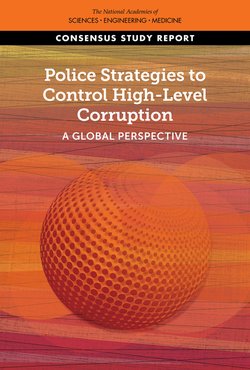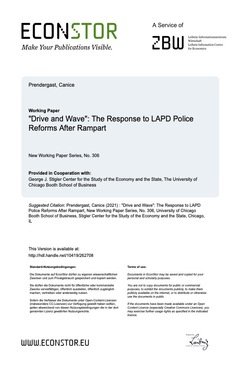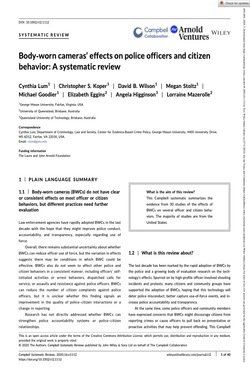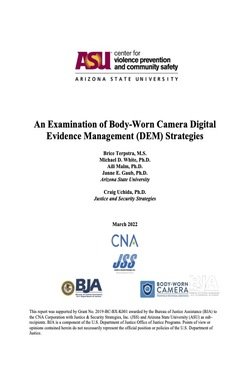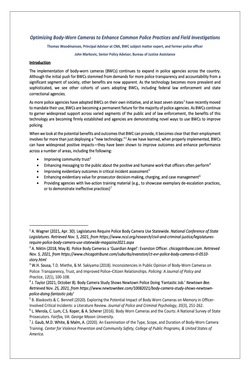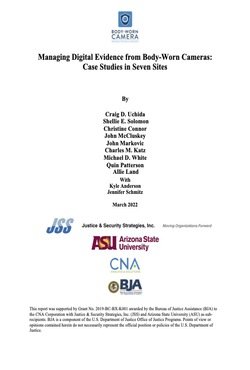By The National Police Foundation
The last few years have presented unprecedented challenges, both to our communities and to public safety officers and first responders—especially law enforcement. Current events, including COVID 19, political rhetoric and chaos, societal conflict and division, and attacks on the policing institution, individual officers, and officers’ families, have created a challenging environment where stress and trauma increased exponentially. High-stress police operations such as crowd management during periods of civil unrest is mentally and physically demanding. Crowd management often challenges officers to push their bodies beyond normal limits, leading to poor performance, fatigue, insomnia, and injury. In the summer of 2020, many officers repeatedly worked shifts that, at times, exceeded 12 hours, for 10 to 12 days straight, leaving little time for appropriate nutrition, rest, exercise, recovery, or sleep. Large numbers of arrests, long periods on bicycles, standing or moving in formations, or responding to threats are physically and mentally demanding. In light of the current environment, NPF has developed this brief guide for law enforcement agencies on ways to recognize and protect the physical and mental wellbeing of officers during responses to intense and protracted protests and demonstrations. Both physical and mental stressors are taking a toll on the women and men who have dedicated their lives to protecting our communities. This guidebook offers educational information and practical considerations for sworn officers of all ranks, particularly frontline…..
-
officers and mid-level supervisors, as well as their families, to better protect officers’ mental and physical wellbeing during times of heightened stress. Furthermore, this guidebook can be used as a resource by police leaders in promoting healthy organizational cultures that recognize and prioritize officer safety and wellness as an integral part of policing protests—which ultimately can help foster better outcomes for all involved. The content in this guidebook has been curated and derived from a review of research from professional medical organizations and has been peer reviewed by licensed mental health clinicians and law enforcement practitioners.
Arlington, VA: National Police Foundation, 2021. 47p.





